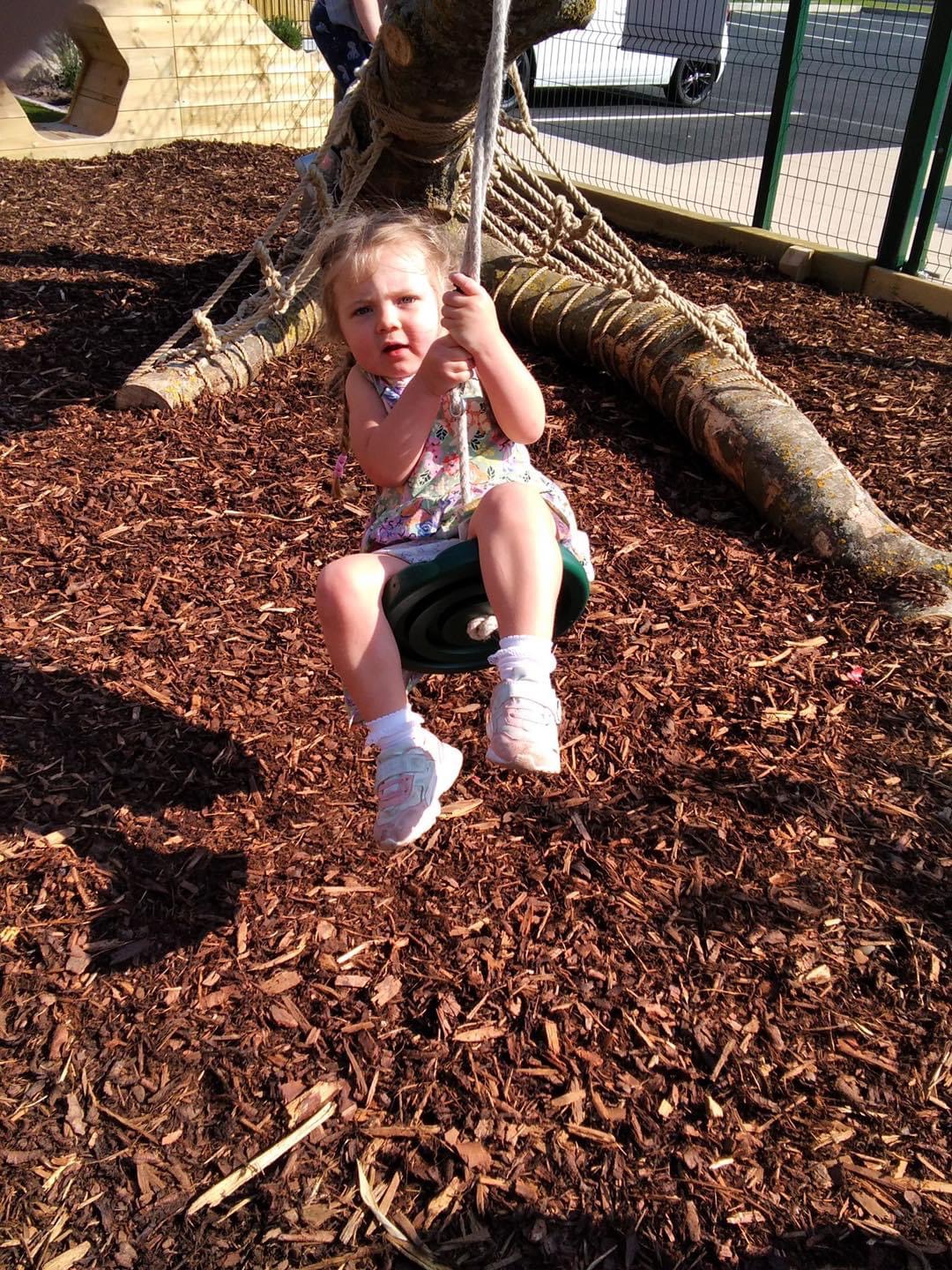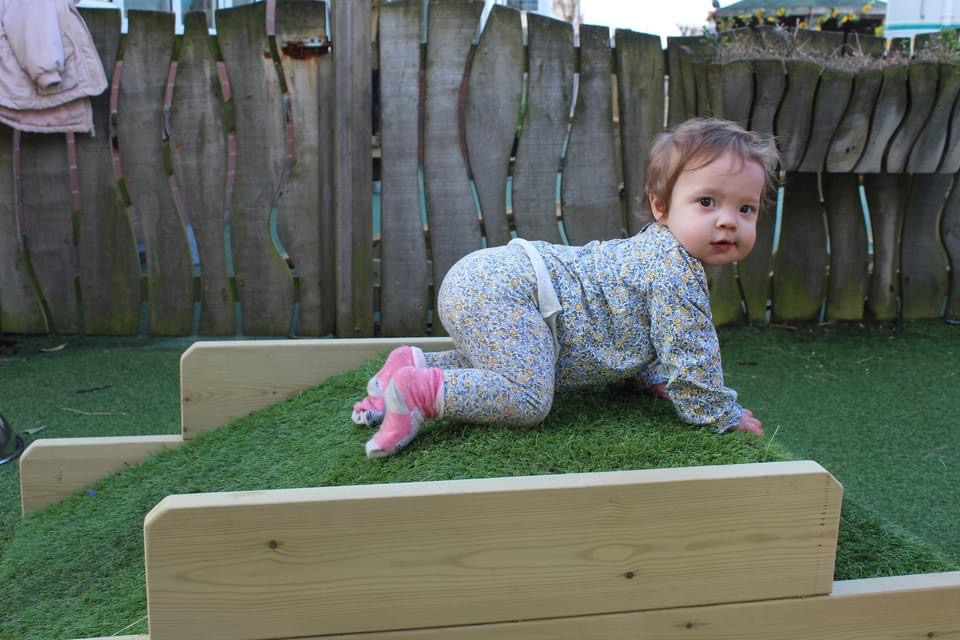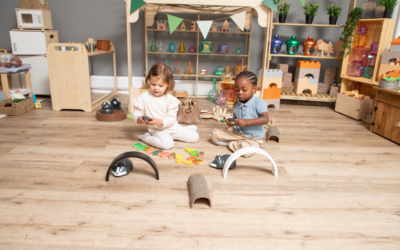How Movement Feeds the Brain
Across the country, well-meaning grownups are trying to get children to sit still, cross their legs and listen intently to learn. However, any early years educator will tell you this is quite the challenge, why is that you may ask? Once you know the science behind it, it’s not hard to empathise with the child who is constantly rolling around the carpet or climbing the shelves indoors.
Children are born with the strong biological drive to move and for very good reason, because that’s what the brain needs and children’s bodies are designed to seek out the physical input required. The development of mind and body go hand in hand, and one cannot function without the other.
Physical activity increases the flow of blood to the brain, produces new connections (memory) and releases dopamine which makes the mind ready to learn (along with making children happy). Young children need to explore the world using their whole body, this sensory experience was described by Margaret McMillan as “to feel life in every limb”.
Before children can concentrate, sit still, and learn new information, we must first develop their fundamental sensory systems. By giving children unrestricted opportunities for movement, we are transforming their brains into the perfect state for learning. And where better than the outdoors, the ideal environment for ‘embodied learning’. A space where children can run, swing, jump, spin, roll, and hang upside down. The opportunity for this type of physical activity is less likely indoors. Therefore, adequate time spent freely in a well thought out outdoor space that offers lots of opportunity for physical challenge and different ways to move is vital for children.
Fundamental sensory systems

From birth, children explore the world through their senses. Touch, smell, sight, sound, and taste but two more senses that aren’t as widely known and incidentally, (alongside touch) are the most important when it comes to child development are the vestibular and proprioception senses.
Think of a child’s development like a tree. The Tactile, Proprioception and Vestibular senses are the roots that need to be firmly implanted to grow. Without first developing these senses children are unable to thrive in other areas of development.
Each sensory system requires huge amounts of stimulation daily to become finely tuned. Children’s bodies are designed to seek out experiences that feed these senses and when they receive the sensory input their bodies crave, their endorphin levels (happy hormones) increase, and blood pressure decreases.

Below is a brief description of what the fundamental senses entail and how physical activity in the outdoors supports them best.
Tactile: How our skin sends messages to the brain; hot, cold, pain, pressure. When this information relates to sight and sound in the brain, children gain control and preciseness. Outdoors, children have access to a wide array of different textures and temperatures in an ever-changing environment. Do you let children go barefoot outdoors? The information that comes through the sensitive sole to the brain is crucial for healthy and effective walking, running, and balance.
Proprioception: Located in our muscles & joints, it helps us to know where our body is in relation to space and to safely move in the environment, to feel our body from the inside. To develop this sense children need to feel resistance. To push, pull, stretch, hang and carry heavy loads. Outdoors resources are bigger and heavier and there is more opportunity for physical challenge and ‘rough and tumble’.
Vestibular: The first sensory system to develop, like our own satnav, the vestibular system includes parts of the inner ear that help to control balance, eye movement, spatial orientation, and posture. This sense is crucial in organising all other senses and helps to regulate emotion. Experiences that stimulate the Vestibular system require fluid in the ear to be moved back and forth, movements such as spinning, hanging, rocking, swinging, rolling, sliding, jumping, bouncing, falling, and moving super fast! The outdoors provides the ideal space to do this with its uneven surfaces, slopes, steps, hills, and freedom to run.

Simply put, movement equals learning. So rather than trying to make children fit into our environment to learn, we need to embrace what their bodies are designed to do, move!
This article was kindly written by Rhiannon Scott, Head of Outdoor Learning at Kids Planet. Make sure to follow us on Instagram for all the latest on our new resources!
Related blogs
Ask the Expert: NEW Remote Control Animals
Introduce early years learners to the world of coding with our brand new Remote Control Woodland Animals! Perfect for developing motor skills through fun and engaging play.
Ask the Expert: NEW Nordic Inspired Range
Discover all about our new Nordic inspired range and how the principles and practices of the Nordic approach influenced our new collection.
Hope Christmas Gift Guide
Explore strategies and tips on developing language learning from our brand ambassador Early Years Outdoor.


